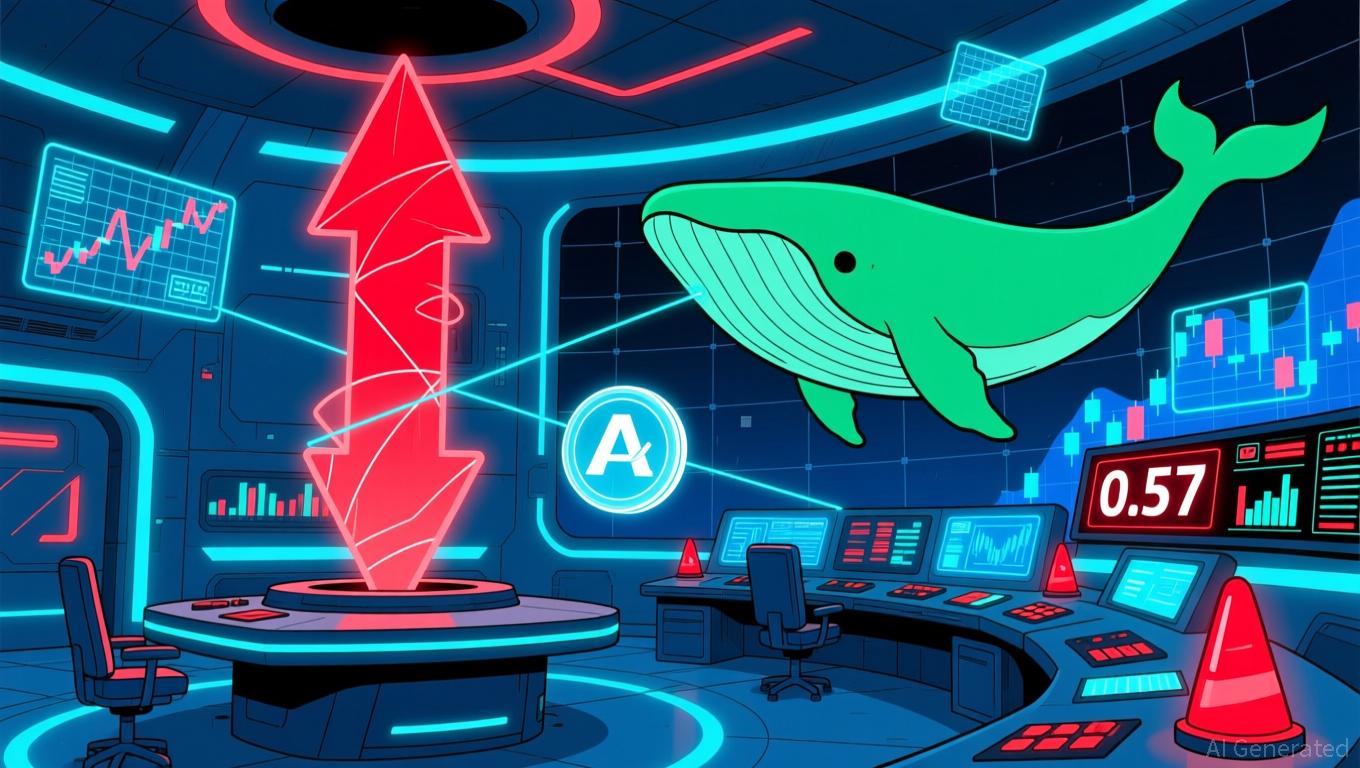Most Crypto Treasury Firms Trade at a Discount — Here’s Why
Bitwise Chief Investment Officer Matt Hougan highlights common mispricing in Digital Asset Treasury Companies (DATs). He urges investors to consider valuation beyond simple crypto holdings as these firms navigate complex financial dynamics. DATs now manage over $130 billion in digital assets, serving as vital links between traditional capital markets and direct cryptocurrency exposure. Their unique
Bitwise Chief Investment Officer Matt Hougan highlights common mispricing in Digital Asset Treasury Companies (DATs). He urges investors to consider valuation beyond simple crypto holdings as these firms navigate complex financial dynamics.
DATs now manage over $130 billion in digital assets, serving as vital links between traditional capital markets and direct cryptocurrency exposure. Their unique position brings new valuation challenges that set them apart from other investment vehicles.
Bitwise Just Revealed 3 Ways to Value DATs: All You Need to Know
Bitwise CIO Matt Hougan warns that most DATs are mispriced. While many trade at a discount to their assets, a few can trade at a premium by boosting crypto-per-share.
Hougan’s framework offers investors a clear way to separate the winners from the laggards.
1/ I see a lot of bad analysis of DATs, or digital asset treasury companies. Specifically, I see a lot of bad takes on whether they should trade at, above, or below the value of the assets they hold (their so-called “mNAV”).Here's how I approach it.
— Matt Hougan (@Matt_Hougan) November 23, 2025
Why Most DATs Trade at a Discount
Hougan highlights three main reasons DATs usually underperform:
- Illiquidity: Investors demand a 5–10% discount if assets aren’t immediately accessible.
- Expenses: Operational costs and executive compensation directly reduce value.
For example, $100 of Bitcoin minus $10 of expenses per share equals a 10% discount.
- Risk: Mistakes, market shifts, or execution errors further lower valuations.
“…most of the reasons they should trade at a discount are certain, and most of the reasons they might trade at a premium are uncertain,” Hougan says.
This means the majority of DATs will underperform relative to their net asset value (mNAV).
How DATs Can Trade at a Premium
Some DATs outperform by increasing crypto-per-share, with Hougan identifying four key strategies:
- Issuing Debt: Borrowing USD to buy crypto can grow per-share holdings if prices rise.
- Lending Crypto: Earning interest compounds the crypto held by the company.
- Using Derivatives: Writing options or similar strategies generates additional assets, though it may limit upside.
- Acquiring Crypto at a Discount: Buying undervalued assets, repurchasing shares, or acquiring cash-flow businesses can increase crypto-per-share efficiently.
The Bitwise executive articulates that scale matters, noting that larger DATs can access debt more easily, lend more crypto, and take advantage of M&A opportunities. Size is a structural advantage.
Market Differentiation Is Coming
DATs have historically moved together, but Hougan predicts increased divergence.
- Premium DATs: Executing well, growing crypto-per-share, leveraging scale.
- Discount DATs: Struggling with expenses, risk, or small scale.
Investors can use Hougan’s approach, calculating expenses, risk, and growth potential, to determine fair value.
Investors should also watch:
- Which DATs consistently increase crypto-per-share.
- How scale gives certain DATs a long-term edge.
- Market moves that create opportunities to buy undervalued DATs.
With the market set for more differentiation, understanding Hougan’s framework could separate winners from losers amid a growing digital asset treasury space.
Disclaimer: The content of this article solely reflects the author's opinion and does not represent the platform in any capacity. This article is not intended to serve as a reference for making investment decisions.
You may also like
Aave News Today: The Two Sides of DeFi: Aave's Expansion Increases Volatility Concerns
- Aave's AAVE token faces volatility risks near 0.57 support level, with whale accumulation and leveraged positions amplifying short-term instability. - A major Aave whale added 24,000 AAVE tokens (total 276,000) at $165 average cost, but remains vulnerable to repeat October 11 liquidation risks. - A $80M WBTC long position on Aave approaches $65,436 liquidation threshold, threatening forced selling and downward price pressure. - Tangem's Aave-integrated stablecoin yield feature highlights protocol's DeFi

Chainlink: The Bridge Connecting Crypto Isolates with Wall Street
- Grayscale positions Chainlink (LINK) as critical infrastructure linking crypto and traditional finance, citing its role in tokenization, cross-chain settlement, and RWA integration. - LINK's modular middleware enables secure data access and compliance, elevating it to the largest non-layer 1 crypto asset by market cap (excluding stablecoins). - Grayscale highlights Chainlink's partnerships with S&P Global and FTSE Russell, alongside a $35.6B tokenized asset market, as catalysts for institutional blockcha

CITES and Instant DNA Technology Aim to Uncover Covert Shark Trade and Prevent Species Disappearance
- CITES CoP20 in Uzbekistan proposes historic protections for 12 shark/ray species via Appendix I listings and stricter Appendix II monitoring. - Genetic testing reveals illegal shark trade volumes exceed official records by 10-70x, with Hong Kong as a key trafficking hub despite zero-export claims. - Portable DNA tools now enable real-time identification of 38 CITES-listed species, aiding enforcement in Indonesia, Ecuador, and other source countries. - Experts stress CITES is critical to prevent extinctio

HBAR's Liquidity Shortage Raises Concerns Over Market Volatility
- Hedera's HBAR token fell below $0.145 support to $0.1373, triggering liquidity concerns and bearish technical signals amid sharp volume collapses and trading halts. - Institutional selling and failed recovery attempts intensified on Nov. 18-20, with 71%-180% volume surges highlighting structural weakness and resistance breakdowns. - A descending channel pattern and exhausted buyer momentum suggest prolonged weakness, with critical support at $0.1457 now under pressure to prevent deeper declines. - Market
